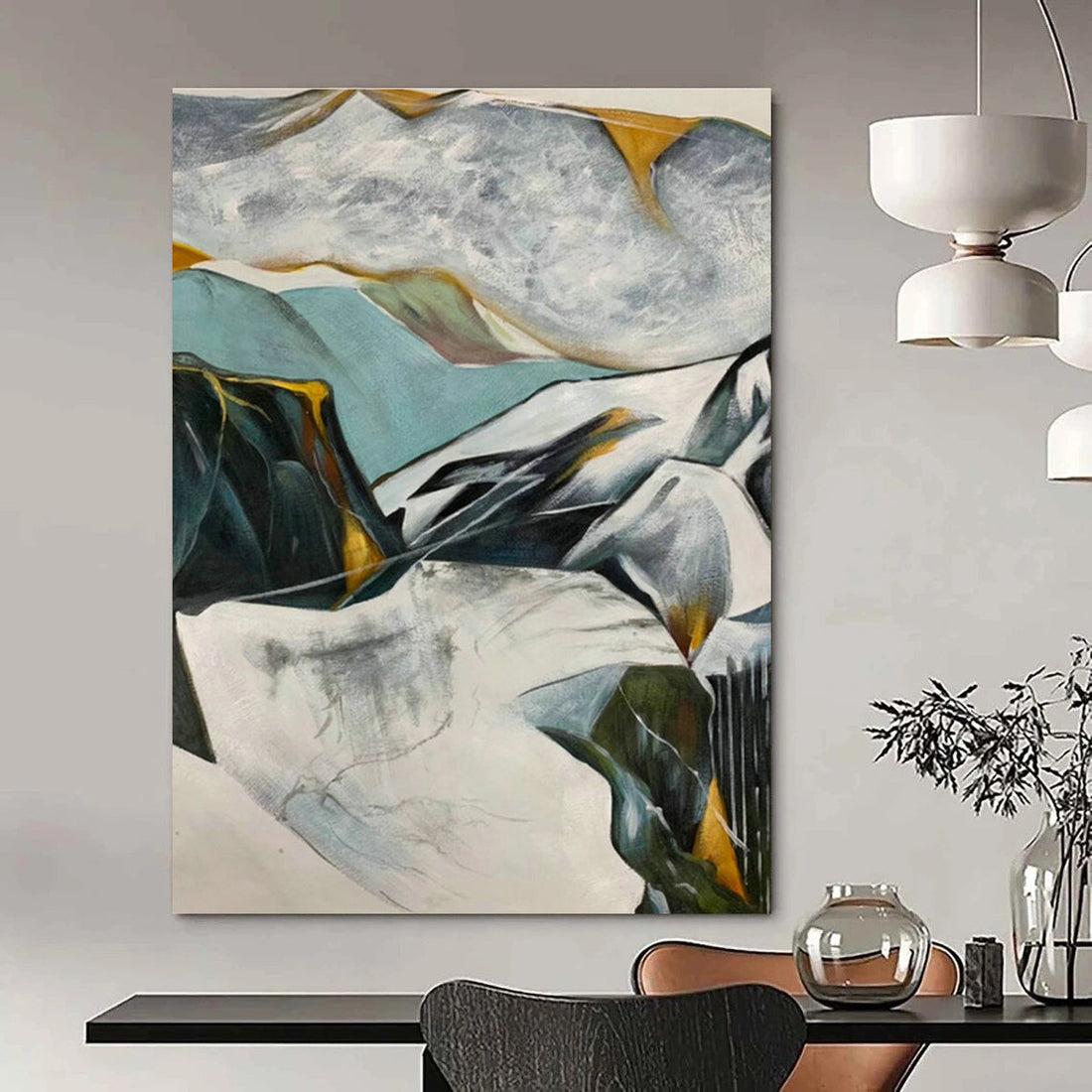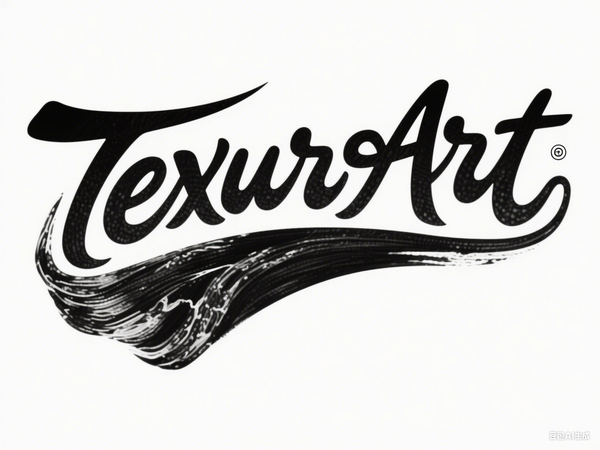
Exploring the Depth of Gray Abstract Art - A Blend of Mystery and Modernity
Share
In the realm of contemporary visual expression, few styles capture the essence of subtlety and introspection as effectively as gray abstract art. This genre, defined by its monochromatic palette ranging from soft silvers to deep charcoals, transcends traditional boundaries, inviting viewers to delve into layers of texture and form without the distraction of vivid colors. Drawing from the core principles of abstract art, gray variations emphasize emotional depth through non-representational elements, creating pieces that evoke a sense of calm ambiguity. Unlike more saturated abstracts, those in gray hues mirror the nuances of urban landscapes, foggy mornings, or industrial minimalism, making them ideal for spaces that crave a sophisticated, understated vibe.

The evolution of gray abstract art is intertwined with the broader history of abstraction, which emerged in the early 20th century as artists sought to break free from realistic depictions. Pioneers experimented with form and color to convey inner experiences, and gray, with its neutral versatility, became a staple for exploring themes of balance and transition. As detailed in comprehensive overviews, abstract art gained momentum through movements that prioritized emotional and spiritual resonance over literal representation. Gray tones, in particular, allowed creators to build atmospheric depth, using gradients to suggest movement or stillness. This approach resonated in post-war eras, where artists grappled with existential themes, employing gray to symbolize uncertainty and resilience in a changing world.
One of the most compelling aspects of gray abstract art is its psychological impact. The color gray, often seen as a bridge between extremes, carries connotations of neutrality and introspection. Insights from color psychology reveal that gray can induce feelings of composure and reliability, yet it also hints at melancholy or sophistication, depending on its shade. In abstract compositions, this duality amplifies the artwork's ability to engage viewers on a personal level, prompting reflection without imposing a narrative. For instance, lighter grays might evoke serenity, while darker ones suggest mystery, making these pieces versatile for therapeutic or contemplative environments like home studies or wellness centers.
Techniques in gray abstract art showcase remarkable innovation, blending traditional and modern methods. Artists layer acrylics or oils to create subtle tonal shifts, incorporating elements like impasto for texture or digital enhancements for precision. Institutions such as the Tate highlight how abstract art relies on these marks and forms to achieve independence from reality, and in gray palettes, this manifests as ethereal, almost architectural designs. The absence of color variety forces a focus on composition, where lines and shapes interact to form dynamic equilibria. Contemporary practitioners often draw from natural inspirations, such as stormy skies or metallic surfaces, to infuse their work with organic flow.
Today, gray abstract art thrives in digital and physical galleries, appealing to collectors who value its adaptability. Platforms like Artsy feature a wealth of gray-focused works, from emerging artists experimenting with mixed media to established figures revisiting minimalist roots. This style's rise aligns with trends toward sustainable and mindful design, where gray's timeless quality ensures longevity amid fleeting fashions. In interior settings, a gray abstract piece can anchor a room, complementing materials like concrete or leather for an industrial chic aesthetic, or softening brighter accents in eclectic spaces.
Beyond aesthetics, gray abstract art influences broader cultural spheres, from graphic design to fashion. Its muted elegance inspires logos and interfaces that prioritize clarity and professionalism, while in clothing, gray abstracts translate to patterns that embody quiet confidence. The color's cultural significance, as explored in encyclopedic entries on grey, underscores its role in symbolizing maturity and neutrality across history, from Renaissance portraits to modern uniforms. This rich backdrop enhances the genre's appeal, positioning it as a conduit for personal expression in an increasingly complex world.
As demand grows, the market for gray abstract art offers diverse options, including custom commissions that tailor shades and scales to individual tastes. High-quality reproductions ensure accessibility, allowing enthusiasts to integrate these works seamlessly into daily life. Ultimately, gray abstract art stands as a testament to the power of restraint, where simplicity unveils profound layers of meaning and emotion.
FAQ
What defines gray abstract art? Gray abstract art features non-representational forms and textures primarily in shades of gray, emphasizing emotional depth and subtlety over literal depictions.
How can I incorporate gray abstract art into my home? Choose a piece that complements your space's lighting and furniture, such as a large canvas in a neutral-toned living room or office to add sophistication and calm.
Is gray abstract art suitable for all interior styles? Absolutely, its neutral tones blend well with modern, industrial, minimalist, or even traditional decors, providing versatility without overwhelming other elements.
What materials are commonly used in gray abstract art? Artists typically employ acrylics, oils, or mixed media on canvas, often adding textures through layering or collage for enhanced visual interest.
How do I care for a gray abstract art piece? Avoid direct sunlight to prevent fading, dust regularly with a soft cloth, and consider UV-protective framing for long-term preservation.
Why is gray a popular choice in abstract art? Gray conveys neutrality, mystery, and balance, allowing abstract forms to evoke introspection and modernity in a refined, understated manner.
